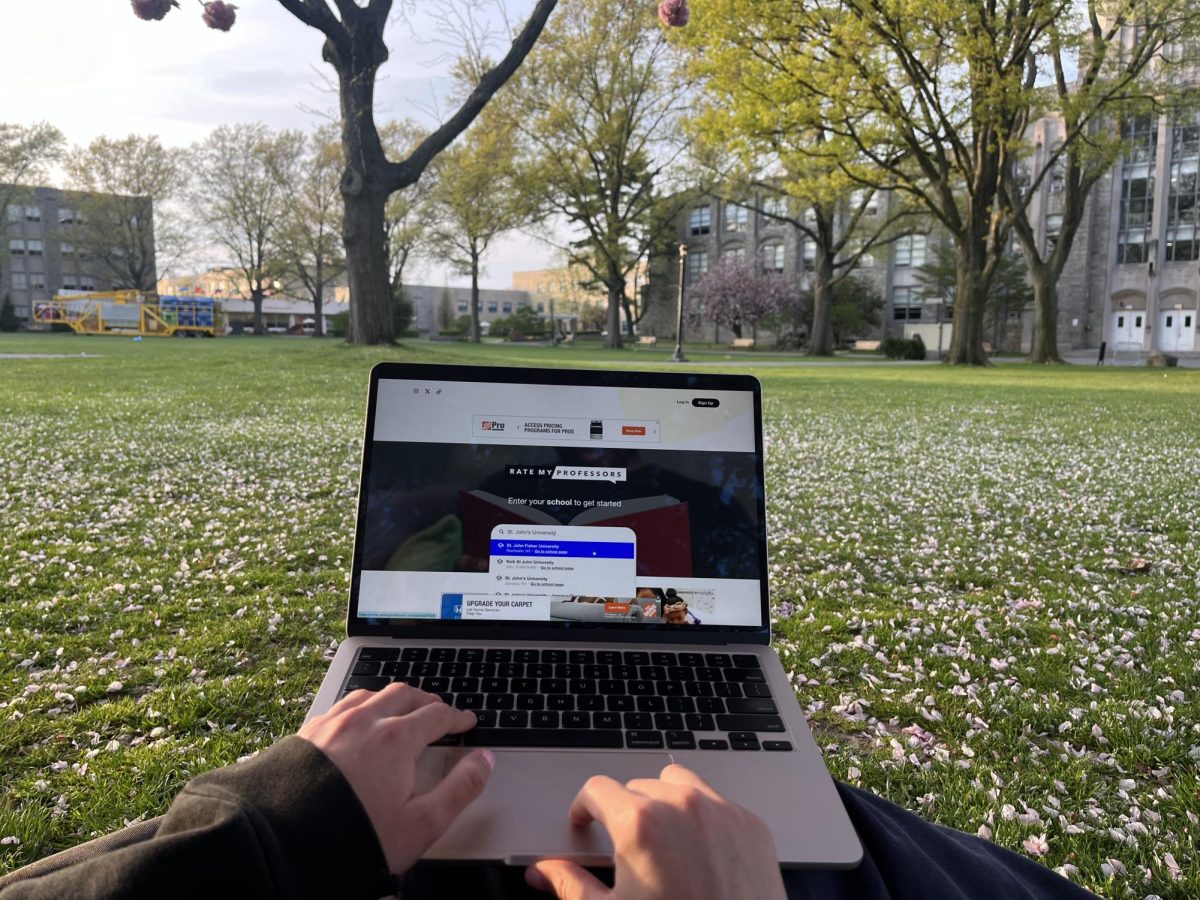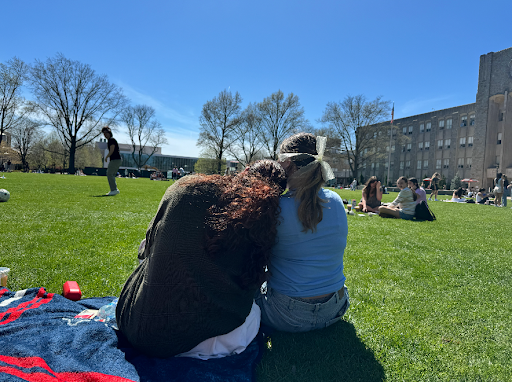New York City and public transportation- two things that go hand in hand and help to define the other.
New York City’s public transportation system and its accessibility to interstate transportation methods, such as Amtrak, Greyhound or Megabus, is also something that allows St. John’s students to travel home easily and affordably on weekends and holidays. However, how easy and affordable are these methods of transportation our students are using? Most of all, are they as reliable as they appear to be?
Many St. John’s students residing in Pennsylvania, New Jersey, Maryland, D.C and Mass. take Amtrak train to their respective homes rather than
gambling with some of the many buses that leave out of Penn Station or China Town; comfort and timing as the two main reasons. However, a lack of consistency with Amtrak trains and with prices that sometimes triple and quadruple the cost of a bus ticket are causing many travelers to hit the road, by bus.
“I started off using Amtrak and liked the luxury and comfort of it. Then I started feeling guilty about spending, at the very least, $70-plus on round-trip tickets from Philadelphia to New York,” Sophomore Dean Jauregui commented. “Once I started looking into Megabus, I never went back. It’s not as roomy, and you tack on an extra hour to your trip, but I’d like to think the savings are worth it.”
When asked what type of reimbursements are made for extensive delays, Cliff Cole, manager of Media Relations in New York, said that it didn’t necessarily have to do with how long the delay was or how much money was spent on the ticket. Amtrak’s way of accommodating delays is handled by providing customers with vouchers for future tickets that do not reflect a percentage of the ticket cost.
“The NEC is the nation’s most congested rail corridor, and one of the highest volume corridors in the world, serving Amtrak’s 13 million annual passengers as well as roughly 250 million annual commuter rail passengers and approximately 50 freight trains per day. On-time performance has been affected by a lack of capacity along many stretches, especially where its operations overlap with regional commuter traffic.
In the New York metropolitan region, some areas are operating at 100 percent capacity, resulting in significant delays from even minor operating disturbances. The corridor includes a mixture of aging infrastructure, much of it built 80 to 150 years ago, that will require extensive repair to just keep it running safely and efficiently.”
In the span of 20 years, there is a projected $52 billion cost to reconfigure the infrastructure in Amtrak’s most heavily traveled corridor in the country. Many students have felt and suffered from long delays and feel that Amtrak is a waste of time and money.
Junior Robert Walsh said, “The whole point of Amtrak is to be more convenient than a bus, or even a
plane. However, when traveling home from Boston on the Amtrak, I have been delayed almost eight hours. I could have flown to Europe in that time.”

















